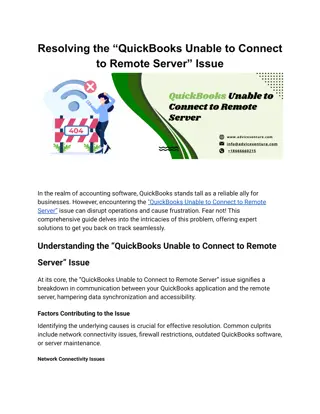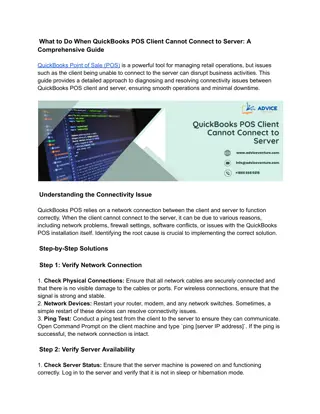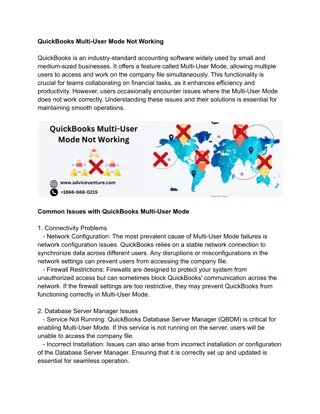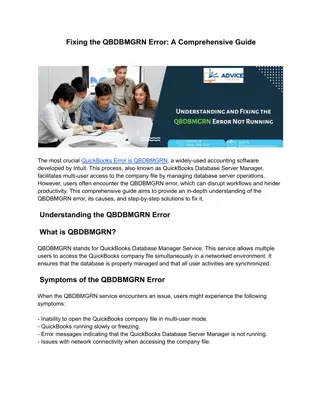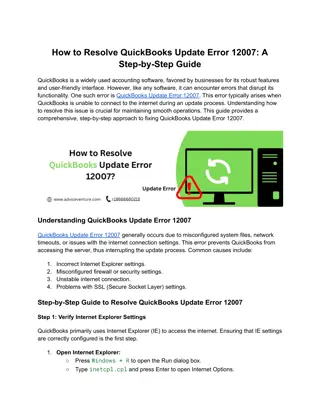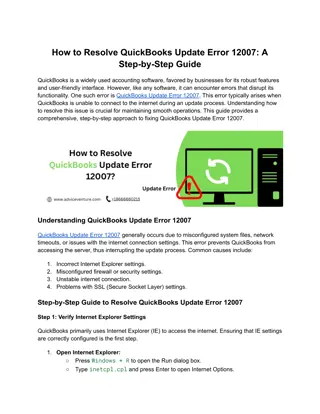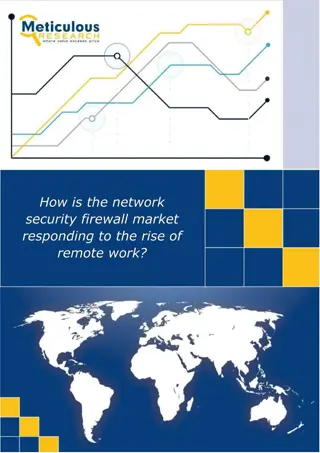
Understanding Firewalls: Applications, Types, and History
Explore the world of firewalls, from their applications and types to their historical development. Learn about host-based vs. network-based firewalls, hardware vs. software firewalls, and the importance of firewall technology in securing networks.
Download Presentation

Please find below an Image/Link to download the presentation.
The content on the website is provided AS IS for your information and personal use only. It may not be sold, licensed, or shared on other websites without obtaining consent from the author. If you encounter any issues during the download, it is possible that the publisher has removed the file from their server.
You are allowed to download the files provided on this website for personal or commercial use, subject to the condition that they are used lawfully. All files are the property of their respective owners.
The content on the website is provided AS IS for your information and personal use only. It may not be sold, licensed, or shared on other websites without obtaining consent from the author.
E N D
Presentation Transcript
www.studymafia.org Seminar On Firewall Submitted To: www.studymafia.org www.studymafia.org Submitted By:
Content Introduction What is a Firewall Applications of Firewall Software Firewall vs Hardware Firewall History Design goals for Firewall
Content. Types Basic Concepts of Firewall Role of Firewall Advantages Disadvantages Conclusion
INTRODUCTION The Internet has made large amount of information available to the average computer user at home, in business and education. For many people, having access to this information is no longer just an advantage; it is essential. Therefore, security of network is the main criteria here and firewalls provide this security.
What is a Firewall? A Firewall is simply a program or hardware device that filters the information coming through the internet connection into your private network or computer system.
What is an application firewall? An application firewall is a special firewall that is specifically coded for the type of traffic it is inspecting. The most widely developed application firewall is the web application firewall.
What is the difference between a host-based firewall and a network-based firewall? A host-based firewall is installed on an individual computer to protect it from activity occurring on its network. A network-based firewall is implemented at a specified point in the network path and protects all computers on the internal side of the firewall from all computers on the external side of the firewall.
Hardware firewall vs Software firewall Hardware firewalls are integrated into the router that sits between a computer and the Internet. Software firewalls are installed on individual servers. They intercept each connection request and then determine whether the request is valid or not.
History of Firewalls Firewall technology first began to emerge in the late 1980s. Internet was still a fairly new technology in terms of its global usage and connectivity. In 1988 an employee at the NASA Ames Research Center in California sent a memo by email to his colleagues that read, "We are currently under attack from an Internet VIRUS!
History of Firewalls The first paper published on firewall technology was in 1988, when Jeff Mogul from Digital Equipment Corp. developed filter systems know as packet filter firewalls. One of the largest internet security companies in the world released the product to the public in 1997.
Design goals for a firewall The first design goal for a firewall is that collectively the sum of all the network traffic from internal to external must go through the firewall physically cutting off all access to the local network except via the firewall. The second design goal would be only authorized traffic which is delineated by the local security policy will be allowed to proceed. Finally the last design goal is that the firewall itself is resistant to penetration inclusive is a solid trustworthy system with a protected operating system.
Types of firewalls Packet-filtering Router
Packet-filtering Router Applies a set of rules to each incoming IP packet and then forwards or discards the packet Filter packets going in both directions The packet filter is typically set up as a list of rules based on matches to fields in the IP or TCP header Two default policies (discard or forward)
Types of firewalls Application-level Gateway
Application-level Gateway Also called proxy server Acts as a relay of application-level traffic
Types of firewalls Circuit-level Gateway
Circuit-level Gateway Stand-alone system or Specialized function performed by an Application-level Gateway Sets up two TCP connections The gateway typically relays TCP segments from one connection to the other without examining the contents The security function consists of determining which connections will be allowed
Basic concepts of a firewall Source Destination Service Action
The Role of Firewalls A firewall is a term used for a ``barrier'' between a network of machines and users that operate under a common security policy and generally trust each other, and the outside world. There are two basic reasons for using a firewall at present: to save money in concentrating your security on a small number of components, and to simplify the architecture of a system by restricting access only to machines that trust each other.
Advantages of firewall Concentration of security all modified software and logging is located on the firewall system as opposed to being distributed on many hosts; Protocol filtering, where the firewall filters protocols and services that are either not necessary or that cannot be adequately secured from exploitation; Information hiding, in which a firewall can ``hide'' names of internal systems or electronic mail addresses, thereby revealing less information to outside hosts; Application gateways, where the firewall requires inside or outside users to connect first to the firewall before connecting further, thereby filtering the protocol;
Disadvantages of firewall The most obvious being that certain types of network access may be hampered or even blocked for some hosts, including telnet, ftp, X Windows, NFS, NIS, etc. A second disadvantage with a firewall system is that it concentrates security in one spot as opposed to distributing it among systems, thus a compromise of the firewall could be disastrous to other less-protected systems on the subnet.
Conclusion One of the best things about a firewall from a security standpoint is that it stops anyone on the outside from logging onto a computer in your private network. While this is a big deal for businesses, most home networks will probably not be threatened in this manner. Still, putting a firewall in place provides some peace of mind.
References www.studymafia.org www.google.com www.wilipedia.com





